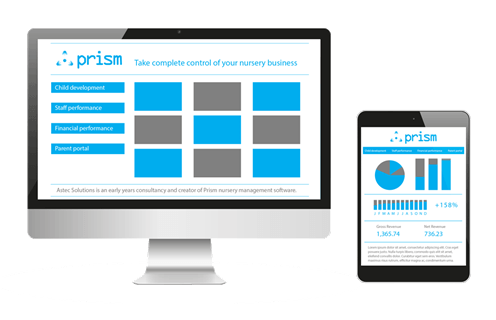As many as one in ten children in the UK have speech, language and communication needs.
We asked Christina Upjohn, Special Educational Coordinator at the Rainbow Smiles nursery, how practitioners can encourage the development of language in a child with delayed speech. Here are her top five tips to implement in daily practice.
1: Sit facing the child. Observe children’s non-verbal communication and respond to it.
This tells the child that you value them and have an interest in what they are doing. Also, in sitting face to face, you will recognise each other’s non-verbal communication. A child who does not use many words or sentences can still communicate using non-verbal communication.
Non-verbal communication consists of eye gaze, facial expression, gestures and body language.
2: Don’t talk too much. Carry out an interesting activity or action and wait for a response in the form of non-verbal communication.
Playing with a child who has limited use of language can make a practitioner feel anxious. If a child does not talk, often, adults will do most of the talking for them with a view that “at least they are hearing language.” But this can make the child even quieter. If we wait for them, they are more likely to respond.
Experiment with high-interest activities such as water play, blowing bubbles, building block towers, or action toys such as wind-up toys.
3: Listen! Give the child your undivided attention.
We all feel valued when people listen to us. Children will communicate more freely if they feel that the practitioner is interested in what they are doing. Practitioners can show that they’re interested by looking at children and giving them their undivided attention, copying what they do, recasting sentences, adding to what they say and answering them.
4: Be patient. Give the child time to respond. Don’t do all the talking.
Children need much longer to process and respond to what has been said. Language is very new and challenging to them. Allow children extra time to understand the meaning of the words, think of their verbal responses and find the right words and put them into sequence.
5: Don’t ask too many questions – use more comments than questions.
Being questioned and tested is not much fun. If a practitioner constantly asks a child, “What’s that?” or “What are you doing?” the child may lose interest, switch off or become stressed at being overloaded with questions. Try turning your questions into comments. For example, instead of saying “What’s that?” you could try, “It’s a brush!” then instead of saying, “What are you doing?” you could say, “You’re brushing baby’s hair!” This introduces more words and the correct use of them in sentences.
Richard Duddy
Latest posts by Richard Duddy (see all)
- Officrèche found its voice (and slapped me right in the face) - 17 May 2016
- What makes a good blog post? - 28 January 2016
- Choosing nursery management software: how to select an effective solution - 24 August 2015



Recent Comments